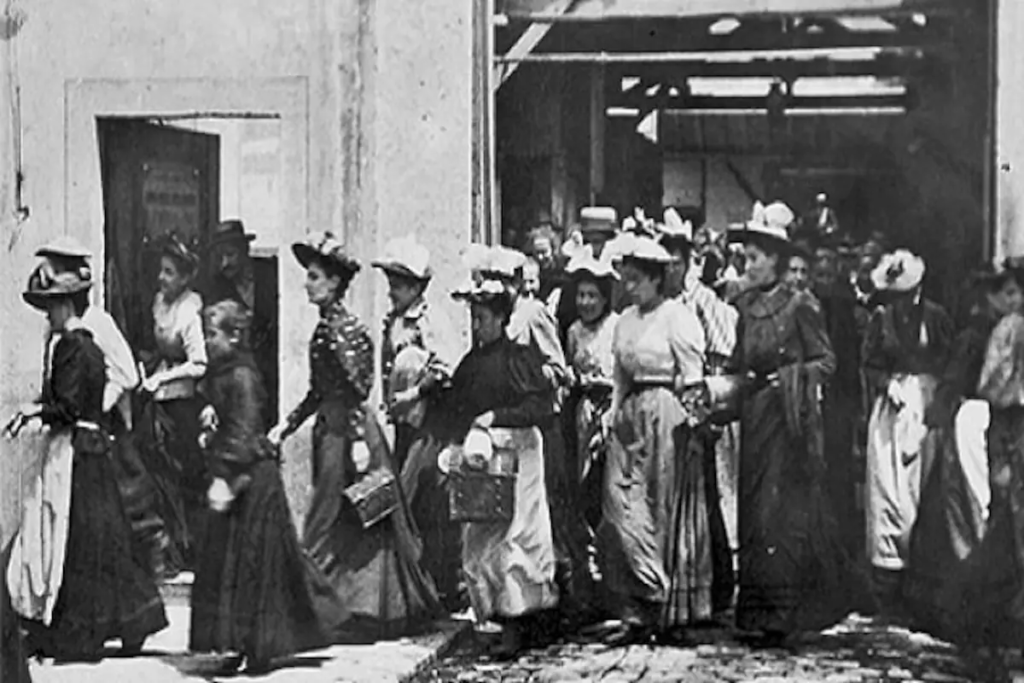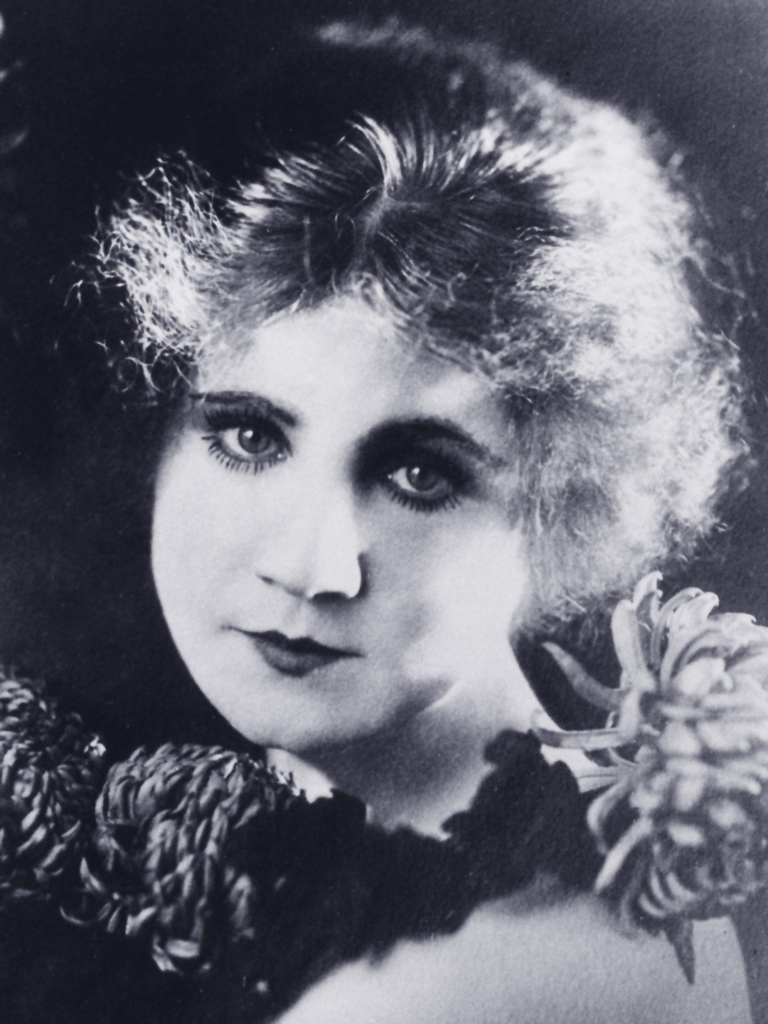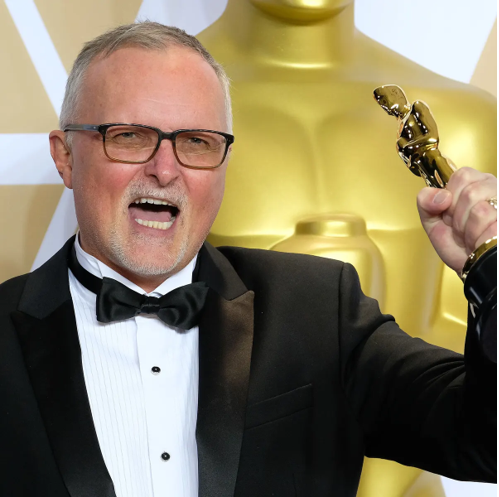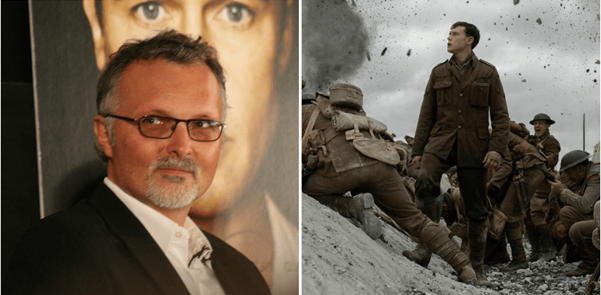
1895-1918: The World Discovers A New Art form or Birth of the Cinema
What was the name if the first film made by the Lumiere Brother and when was this?
Employees leaving the Lumiere Factory (1895)

What is the “Phantom Ride”?
A “Phantom Ride” is a tracking shot from front of a moving train. This technique is still used to this day.

What was ground-breaking about the silent films “The Sick Kitten” and “Life of an American Fireman”?
The use of cutting and editing introducing the idea of continuity.
Fragmented shots were used in “Life of an American Fireman” in order to emphasising movement.
The close up was introduced in the film “The Sick Kitten”.

What was the name of the first “film star” in Hollywood?
Florence Lawrence

1903-1918: The Thrill Becomes Story or The Hollywood Dream
According to Cousin’s, why did the hub if film production in the USA move from the East Coast of America to Hollywood?
Hollywood was an ideal place to produce movies since filmmakers couldn’t be sued there for infringing on motion picture film patents held by Thomas Edison and his Motion Picture Patents Company. It was also very cheap land so they could buy big buildings for filming.
Which nation’s film industry does Cousin’s describe as “the best in the world” in the 1910’s and why?
The Danish film industry was described as best in the world due to its morphing of film into an art of light.
Give an example of two films and two directors from this place and time cited by Cousin’s as remarkable.
Carl Theodor Dreyer – The Passion of Joan of Arc
Benjamin Christensen – Häxan
Who directed Birth of a Nation (1915) and why is the film continue to divide opinions among film critics, practitioners and theorists?
D.W. Griffith’s – Racism and a negative portrayal of Black characters (white men in black face, politically unacceptable in modern standards) makes the film controversial, but the opinion is divided by critics due to it’s use of cuts.
1918-1928
Who were Buster Keaton, Charlie Chaplin and Harold Lloyd and why were they so influential?



Greatest comic film maker audiences had seen. Keaton helped define cinema and he understood editing, visuals and illusions.
Charlie and Keaton once shared the screen. Charlie was far more interested in the body movement, he thought as a dancer before film and costume.
Chaplin co founded a company and made it into cinema blood.
Chaplin got kicked out of cinema in the 50s because he was a leftist.
Harold Lloyd (a comedian) was influenced by Chaplin.
What films did they make?
Keaton – One Week, Three Ages, The General
Chaplin – The Kid, City Lights, Bad Timing, Toto in Colour, Some Like it Hot
Harold – Safety Last!
Who did they influence?
Keaton inspired Soleman
Chaplin inspired Nicholas Roeg, Jaquee and the movie Sunset Blvd
Harold – Inspired movie I flunked out! from Harold’s shocking comedy.





